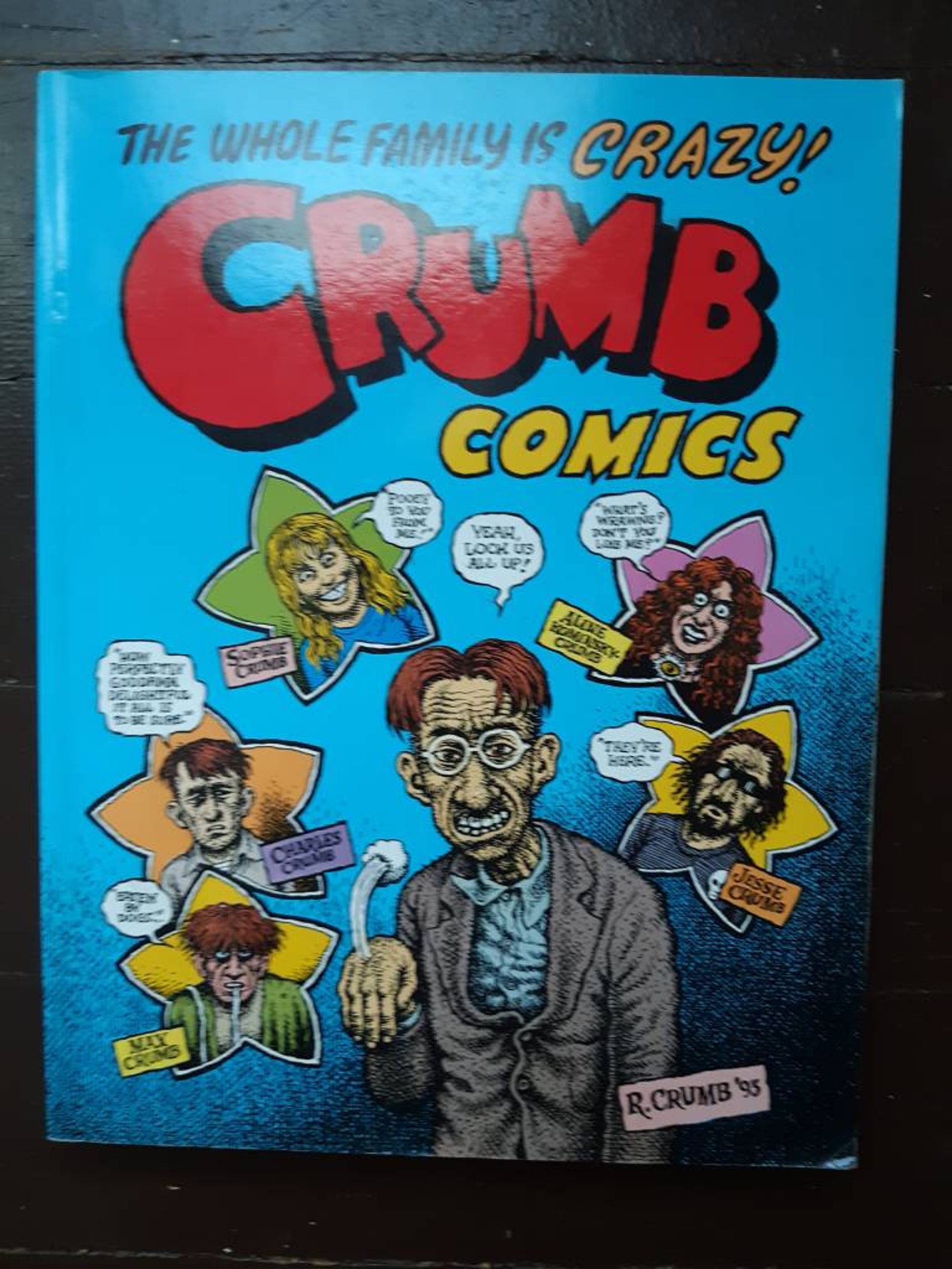

Charles committed suicide shortly after the film was made. Maxon sits on a bed of nails several hours a day and was arrested for sexual assault after pulling down a woman’s shorts. Crumb acknowledges this tendency but says that to be true to his art he must draw what comes uncensored from his subconscious.Īt any rate, he has fared much better than his siblings. Indeed, misogyny has been a major criticism of his work, and some of his images of rape and violence and giant devouring women with huge legs and reptilian heads haven’t aged well. One shrewdly analyzes Crumb’s sexual immaturity and puerile sexist attitudes. Some of these women - former girlfriends, an ex-wife, and his current wife, Aline Kominsky - share their observations about Crumb and they can be unflattering. However, it did attract women, a new experience for the eccentric and nerdy cartoonist. But not much fortune - he spurned all offers to go commercial. Thus, Crumb’s drawing not only kept him from killing himself but also brought him fame and artistic recognition.
Maxon crumb series#
Interviewed in the film, Robert Hughes, Time magazine art critic famed for his book and TV series “The Shock of the New,” compares him to Goya, Hogarth, and Bruegel. With Zap Komix, album covers for Janis Joplin’s Big Brother and the Holding Company and the Grateful Dead (Crumb confesses he hated the rock music of the period), and the lecherous and scatological Fritz the Cat he became an underground superstar. He had been taking LSD, and it sparked his transition from more traditional cartooning to his distinctive, assaultive style.

Crumb had his breakthrough in 1967 in San Francisco, then the hippie hotbed of alternative culture.


 0 kommentar(er)
0 kommentar(er)
